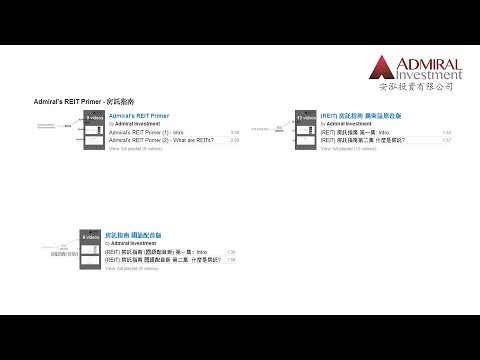REITs Can Withstand Higher Rates In 2015 But They Still Aren t Bonds
Post on: 16 Март, 2015 No Comment

Follow Comments Following Comments Unfollow Comments
Shareholders in real estate investment trusts have enjoyed five years of market-beating gains, but many are starting to wonder whether higher rates could whisk away that outperformance, and bring those who competed in the race for yield to a screeching halt.
Ignited by soaring demand for commercial real estate, REITs produced among the highest returns of any asset class in 2014, and nearly tripled in value since 2009. Although looming interest rate hikes are sparking skittishness among investors, who often treat the income-producing stocks as juiced-up bonds. the real estate rebound that propelled REITs in 2014 will continue next year – and will more than make up for higher rates, analysts say.
That doesn’t mean investors should consider REITs a safe substitute for fixed income, say financial advisers. The biggest risk facing REIT investors isn’t the Federal Reserve; it’s the danger of using a stock – as volatile as any other equity – to replace tried and true fixed income.
“I consider REITs [for clients] because they are a good diversifier,” says Joseph Alfonso of Aegis Financial Advisory. “But I would never recommend them as a bond replacement.”

After earning returns of more than 200% since 2009, talk of impending Federal Reserve rate hikes prompted investors to second guess REITs in September, yanking out more than $1 billion as the asset class tumbled about 6%. The fears proved misguided: REITs snapped back in October, eventually accruing returns of about 29% in the year to date.
As September’s swoon suggests, REIT investors’ anxieties about rising rates are often overdone. While the stability of REITs’ dividends – they are required to pay out 90% of earnings – causes the asset class to resemble fixed income, REITs are still stocks, and fluctuate in value based on earnings. In general, REIT’s correlation with bonds is minimal, typically around 10%. When a rate rise is triggered by a stronger economy, as would be the case for any hikes in 2015, that correlation is often negative, as higher expected earnings offset headwinds from rising rates, says Todd Canter, an investment manager at LaSalle Investment Management Securities
The current economic recovery, in particular, is “a goldilocks scenario” for REITS, says Christopher Lucas, lead equity research analyst for Capital One Private Bank. The 2009 crisis dramatically crimped supply of commercial real estate, docking construction by more than 60%, according to data from NAREIT. As the economy rebounds, the scarcity of commercial space has boosted REITs’ pricing power, poising the asset class for earnings growth of about 16% in 2015, according to FactSet. For investors, that could mean a total return as high as 10% next year, although higher rates could dock returns to the mid to high single digits, Canter says.














